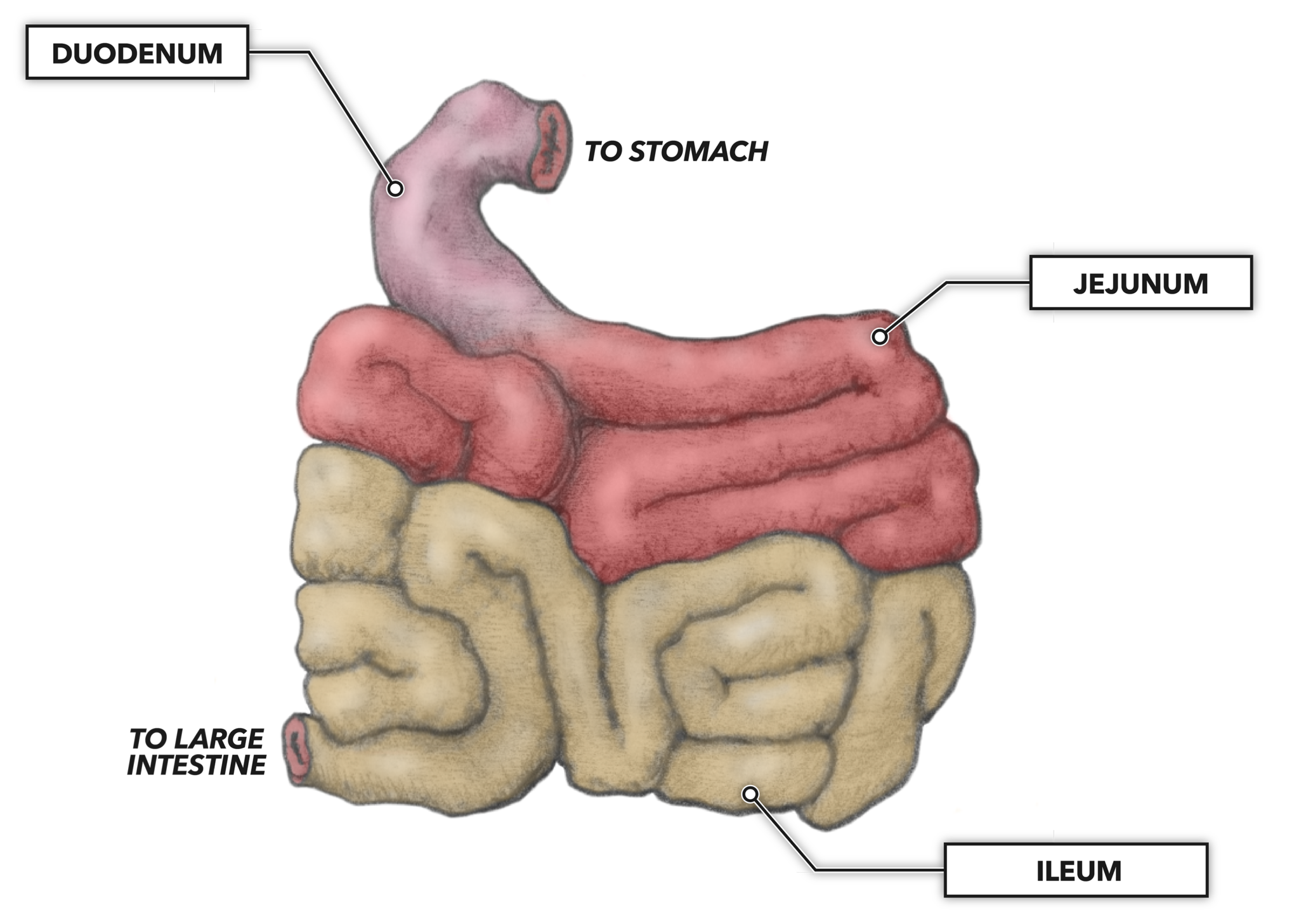The small intestine is about two inches around and 22 feet long

The Amazing Small Intestine: A Journey through 22 Feet of Digestive Marvel

The small intestine, often underestimated and overshadowed by its larger companions in the digestive system, holds a crucial role in our overall health. This remarkable organ measures approximately two inches in diameter and spans an impressive 22 feet in length. Let’s delve deeper into the captivating world of the small intestine and uncover its vital functions.
A Vital Organ in the Digestive System
Situated between the stomach and the large intestine, the small intestine plays a pivotal role in the digestion and absorption of nutrients. Divided into three sections namely, the duodenum, jejunum, and ileum, this incredible organ completes the digestion process initiated by the stomach.
The first section of the small intestine, the duodenum, is responsible for receiving partially digested food from the stomach. It further releases enzymes and receives secretions from the liver and pancreas to break down proteins, fats, and carbohydrates into smaller components.
An Absorption Powerhouse
The jejunum and ileum, the remaining two sections of the small intestine, take on the crucial task of nutrient absorption. These sections feature an extensive inner lining that significantly increases the surface area for absorption. This impressive adaptation allows for maximum nutrient assimilation into the bloodstream, ensuring our bodies are provided with essential elements for growth, repair, and overall well-being.

Not only does the small intestine absorb nutrients, but it also plays a vital role in the absorption of water, electrolytes, and vitamins. This intricate process exemplifies the efficiency with which our body operates, ensuring that all necessary components are efficiently extracted from the food we consume.
A Journey through the Small Intestine
The journey of food through the small intestine is seamless, orchestrated by rhythmic contraction and relaxation of its muscular walls. This movement, called peristalsis, propels the food forward, allowing it to come into contact with the intestinal walls, where absorption takes place.
Additionally, the small intestine hosts a variety of beneficial bacteria that aid in the further breakdown of complex substances, such as fiber, and the synthesis of certain vitamins. These bacteria not only contribute to the overall health of the small intestine but also help maintain a healthy balance within the digestive system.
Conclusion
In conclusion, the small intestine is an extraordinary organ with its compact size and remarkable length of 22 feet. Its vital role in digestion, nutrient absorption, and overall well-being cannot be overstated. Understanding and appreciating the functions and capabilities of the small intestine highlight the intricacies of the human body and emphasize the importance of maintaining a healthy digestive system.
Source: Visible Body
Tags
Share
Related Posts
Quick Links
Legal Stuff

